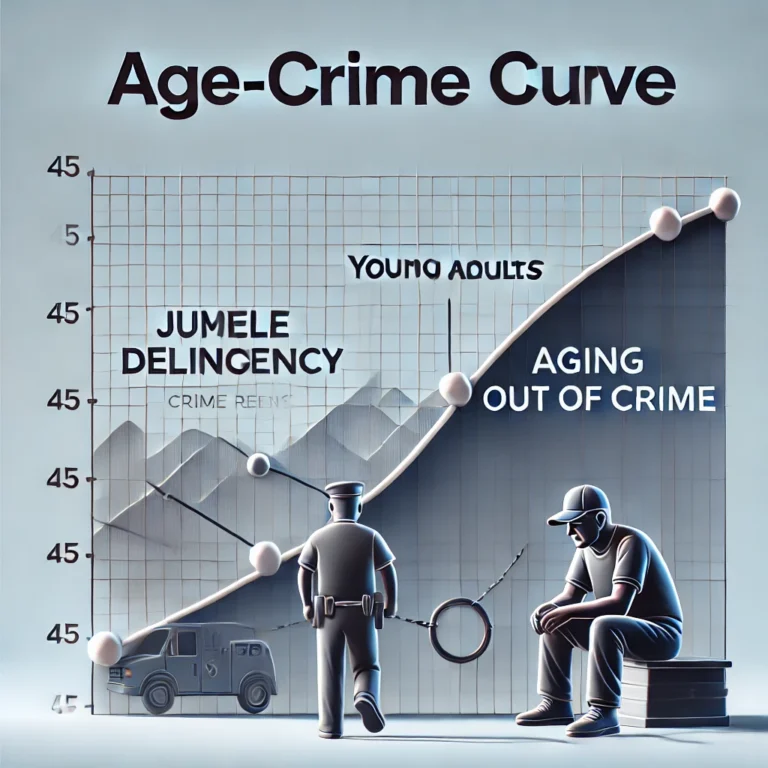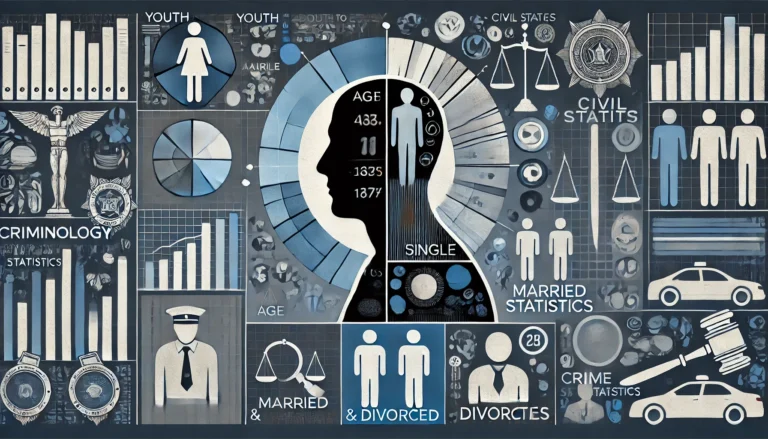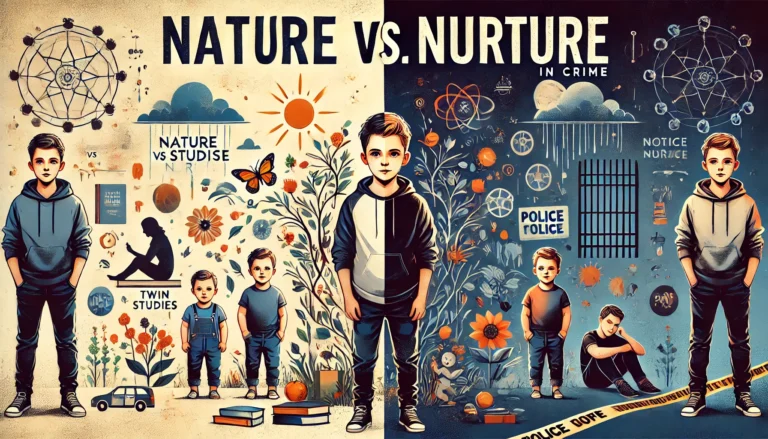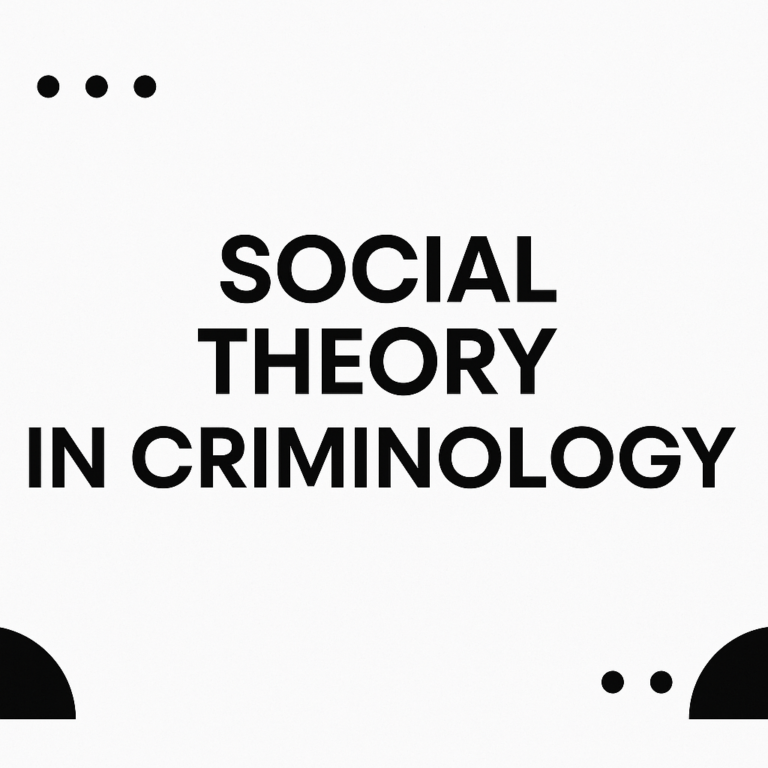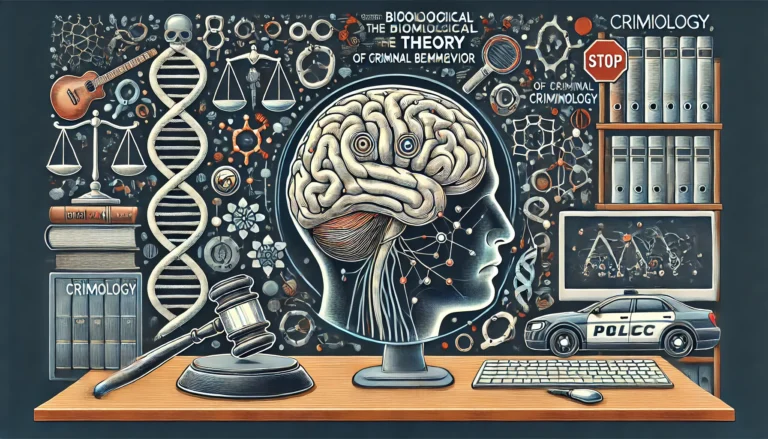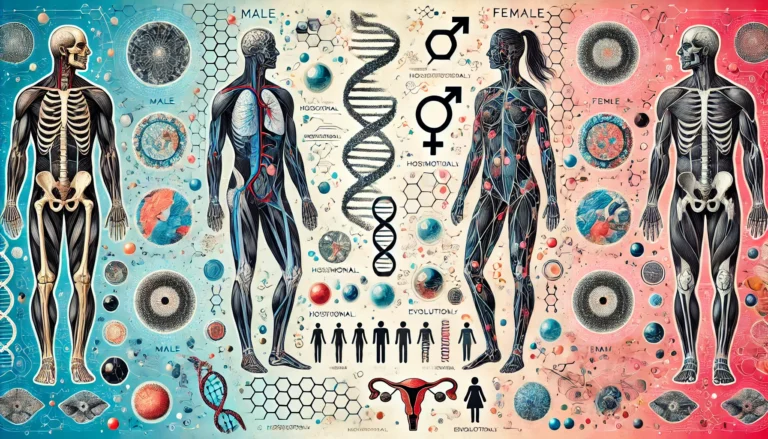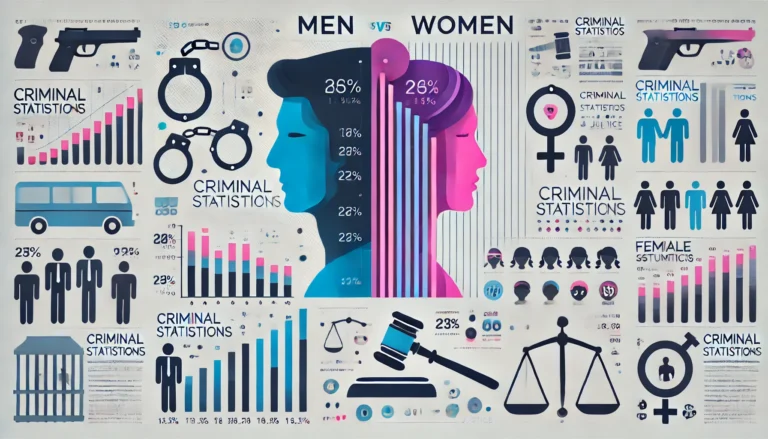The Role of Age in Criminal Behavior
The study of criminal behavior is a multidisciplinary endeavor, encompassing sociology, psychology, and criminology. Among the many factors that influence criminal activity, age emerges as a crucial determinant. Research consistently shows that criminal behavior varies significantly across different age groups, with distinct patterns, motivations, and societal impacts. Understanding the role of age in criminal behavior…

